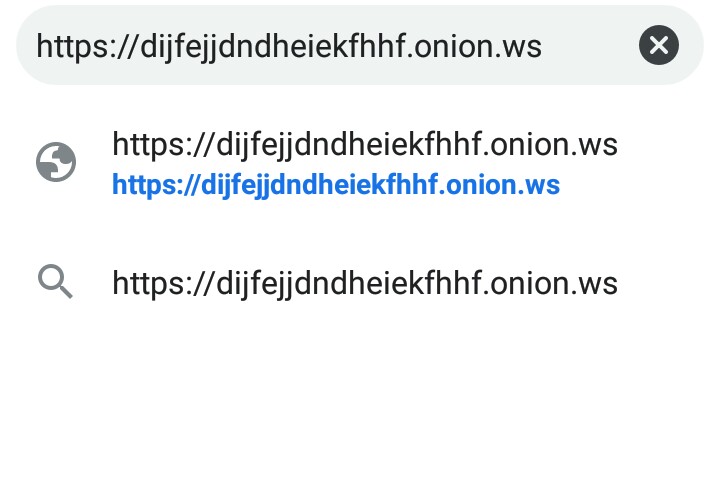


For instance, if your health provider has a website capable of displaying bloodwork tests online, that particular section will be hosted on the deep web – it will not be indexed by Google or Bing and can only be accessed via password. Most of the websites hosted on the dark web can be accessed on a credential basis.

Although the deep web’s hiding behind HTTPS forms, its contents can be accessed if you know what you’re looking for. There’s nothing spooky about the deep web it contains stuff like scientific white papers, medical records, tax-related info, PayPal subscriptions, army communique, and much more. Welcome to the deep web, the part of the Internet that’s not indexed by search engines. So, if the clear web is only a very tiny portion of the Internet, what happened to the rest? Deep web vs. Unfortunately, the clear web accounts for approximately 4 percent of the Internet. Basically, it’s what we see when we do a Google or Bing search for things like cat videos or popular YouTube songs.įrom a technical standpoint, clear web defines the content that it’s indexed, crawled, and displayed by the various search engines. So, the clear web is the very first and very visible layer of the Internet. I’ll start with the later because writer’s privilege. Now, before we dig into it, we’ll need to stage a little show-and-tell about the differences between the deep web, dark web, and clear net. Welcome to the shadows, my friends! I will be your guide.
#How do i send a tor browser link how to
So, if you want to learn all about Tor Onion, Silk Road, secret, hush-hush Governmental ops, and how to get on the dark web, of course, you came to the right place. It’s a modified version of Firefox that’s configured to connect to sites through the Tor network.Dark web, deep web, clear web – just words or more? Well, in seeing just how many of you are interested in hearing all about the dark wonders of the internet, I’ve decided to make this small dark web guide. onion address, you’ll need to access it through the Tor Browser. But it’s a useful tool for anonymizing your Internet activity and bypassing censorship. You don’t necessarily want to use Tor all the time, as it’s slower than just browsing normally. This may be useful in countries that block Facebook, for example. This allows you to access Facebook through Tor, and your connection doesn’t ever leave Tor where it can be snooped on. It also means that someone hosting a website can hide that server using the Tor network, so no one can find it–in theory.įor example, Facebook maintains an official Tor hidden services address at “”. This means that your browsing activity can’t be snooped on by someone watching the Tor exit nodes. A “.onion” address points to a Tor hidden service, which is a server you can only access through Tor. RELATED: Is Tor Really Anonymous and Secure?īut that means that “last mile” of traffic can be snooped on by an organization monitoring or even running the exit nodes–especially if your traffic is unencrypted. Google sees this as the exit node’s IP address contacting it instead of your IP address. That exit node then contacts for you, and it sends you back the data Google responded with. So, when you access through Tor, your request bounces from Tor relay to Tor relay before it reaches an “exit node”. When you connect to Tor, your internet activity is sent through the Tor network, anonymizing your Internet activity so it can’t be snooped on, and so that you can access websites that may be blocked in your country. It’s partially funded by the US government, and is designed to help people in countries where Internet access may be censored or monitored. Tor–short for “the onion router”–is an anonymizing computer network. RELATED: How to Browse Anonymously With Tor


 0 kommentar(er)
0 kommentar(er)
